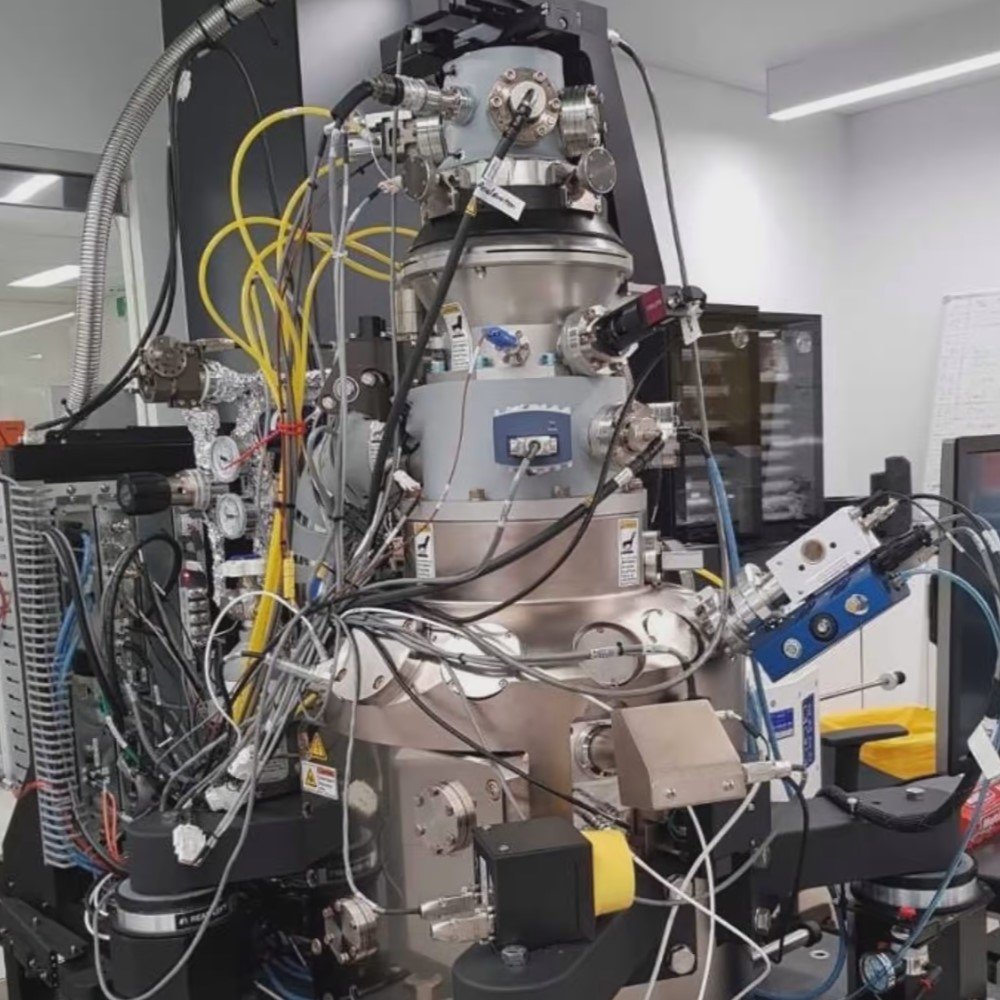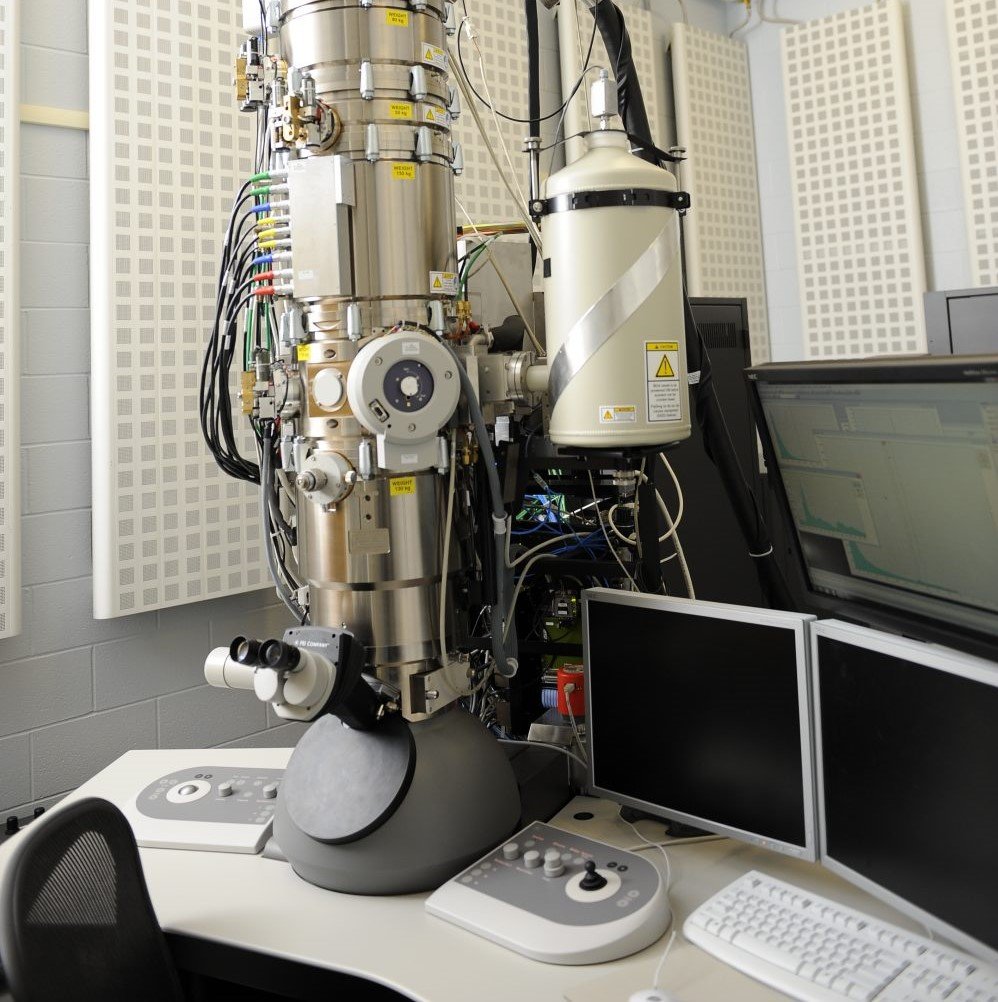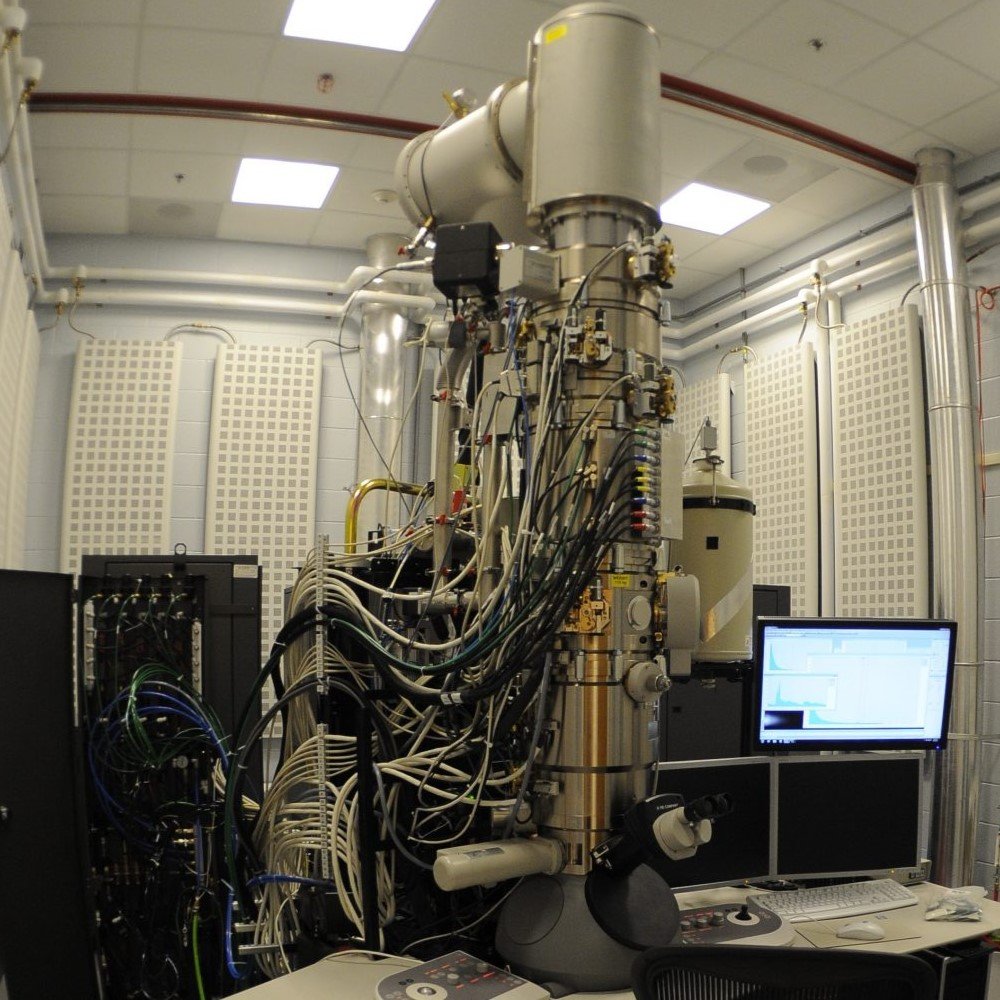4D-STEM (Scanning Transmission Electron Microscopy)
Sector - Automobile | Field - Mechanical




4D-STEM (Scanning Transmission Electron Microscopy)
4D STEM (Scanning Transmission Electron Microscopy) testing is an advanced imaging technique that combines spatial and angular information to analyze materials at the atomic scale. It enables researchers to capture a 2D diffraction pattern at every scanning point, forming a 4D dataset. This method is highly useful for studying strain, electric fields, and phase distributions in complex materials with unparalleled resolution.
Test Procedure
Applications
Frequently Asked Questions
What is the difference between a low-speed wind tunnel and a high-speed wind tunnel?
Low-speed wind tunnels operate at speeds below Mach 0.3, while high-speed wind tunnels can operate at speeds up to and beyond Mach 5. The choice between the two depends on the specific application and the required test conditions.
How is wind tunnel data used to design real-world objects?
Wind tunnel data is used to validate computational fluid dynamics (CFD) simulations and to optimize the design of objects before physical prototypes are built. The data can also be used to identify potential issues and make necessary modifications to the design.
What are some common flow visualization techniques used in aerodynamic testing?
Some common flow visualization techniques include smoke injection, tuft visualization, and particle image velocimetry (PIV). These techniques help visualize the flow patterns around an object and identify areas of high turbulence or separation.
How can aerodynamic testing be used to reduce noise?
Aerodynamic noise is often caused by turbulence or vortices generated around an object. Aerodynamic testing can be used to identify the sources of noise and to modify the design to reduce noise levels.
What are the limitations of aerodynamic testing?
Aerodynamic testing is limited by the accuracy of the model and the ability of the wind tunnel to simulate real-world conditions. Additionally, wind tunnel testing can be expensive and time-consuming, especially for large-scale models or complex test conditions.